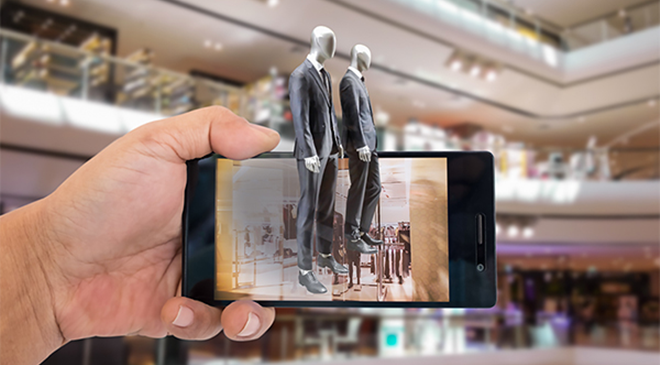Clear objective, measurable goals and continuous learning are some of the points raised by VidMob for brands to bet on immersive experiences
Many brands have been wondering what can be done to create augmented reality experiences that truly engage consumers. That’s because, the real magic of social media ads, videos, etc., is in the new ways companies can tell a story to connect with their audience. And with augmented reality it couldn’t be different.
This technology has unlocked new and immersive ways for brands to captivate audiences. “As with any new practice, there are numerous challenges on how best to impact an audience that is on different digital platforms with different purposes in each of them. In addition, there is also great concern about how and where to start developing these actions”, comments Camilo Barros, Head of Sales and Partnerships Latam at VidMob, a leading Creative Intelligence platform.
Another point, which at first does not seem to be an obstacle, is that the resources in each of the networks are practically the same, however, there are technical differences that can determine the success or failure of a campaign, such as the fact of TikTok not yet have a horizontal plane tracker in their toolkit or the ability for Snapchat to recognize physical landmarks.
With that in mind, VidMob has gathered some tips for brands to prepare to use technology in favor of business.
1. Be clear about your objective with the action: As with any other marketing campaign, you need to set goals to have a direction to follow. For example, what is your goal with the post? Should brands wait for someone to “touch” something to convert? You need to implement your strategies to allow your creative vision to take off.
2. Understanding how technology works is part of the strategy’s success: Any action that involves augmented reality needs a 3D model to be developed. If you are creating a campaign for an armchair, it is necessary to have a 3D model of that piece of furniture, so that the public can unlock it and place a full-size 3D replica of it in their living room, for example. And that goes for any other action like that, watches, cars, etc.
3. Sometimes Simple is What Works: In some cases, as with the NBA’s “All-Time Starting Five” AR experience on Instagram, a simple 2D AR randomization experience may be the right choice. Despite being a fairly simple build from a technical point of view, it was a great success on the platform. However, marketers need to keep in mind that the entire AR experience, including 3D, needs to be less than 4MB to work well. This requires a balance between super-accurate 3D product replicas and their actual asset size.
4. Start on a single platform: Despite a very similar usability, each platform has its technical specificities that will contribute to the campaign running in the best possible way. That is, creating a generic model that does not work well on any platform is not a good strategy. So a good way is to focus on a single platform at first. Once a concept works well in one of them, the brand can take the same concept to another and understand if it is possible to adapt it.
5. Explore the possibilities and learn along the way: To really understand what works and what doesn’t in an augmented reality campaign, more than anything else is going to need testing. Every creative process is capable of providing insights that make it easy to understand what works on different platforms versus what elements are unique to individual platforms. That way, brands can gain intelligence that will make the process easier and more successful over time.
6. Have Measurable Goals: Although it may seem complicated to measure some types of strategies, to really know what “worked”, it is necessary for brands to have measurable goals that can be linked to KPIs. Metrics such as performance and impact are elements that can be measured, helping to understand the comparable increase driven by an augmented reality experience. Ideally, collaborate directly with the platform team to get the measurement right. And there is no right formula. A clothing brand may care about the number of people who buy a piece after trying it on virtually, while a chocolate company that is launching a new flavor cares more about having as many people as possible watching a product. virtual show to maximize brand reach and recognition.
“Consumers have changed and are eager for new experiences. Therefore, brands need to be attentive and prepared to provide increasingly immersive experiences that actually create a connection with the public. We are facing an immense range of new possibilities”, concludes the executive.






